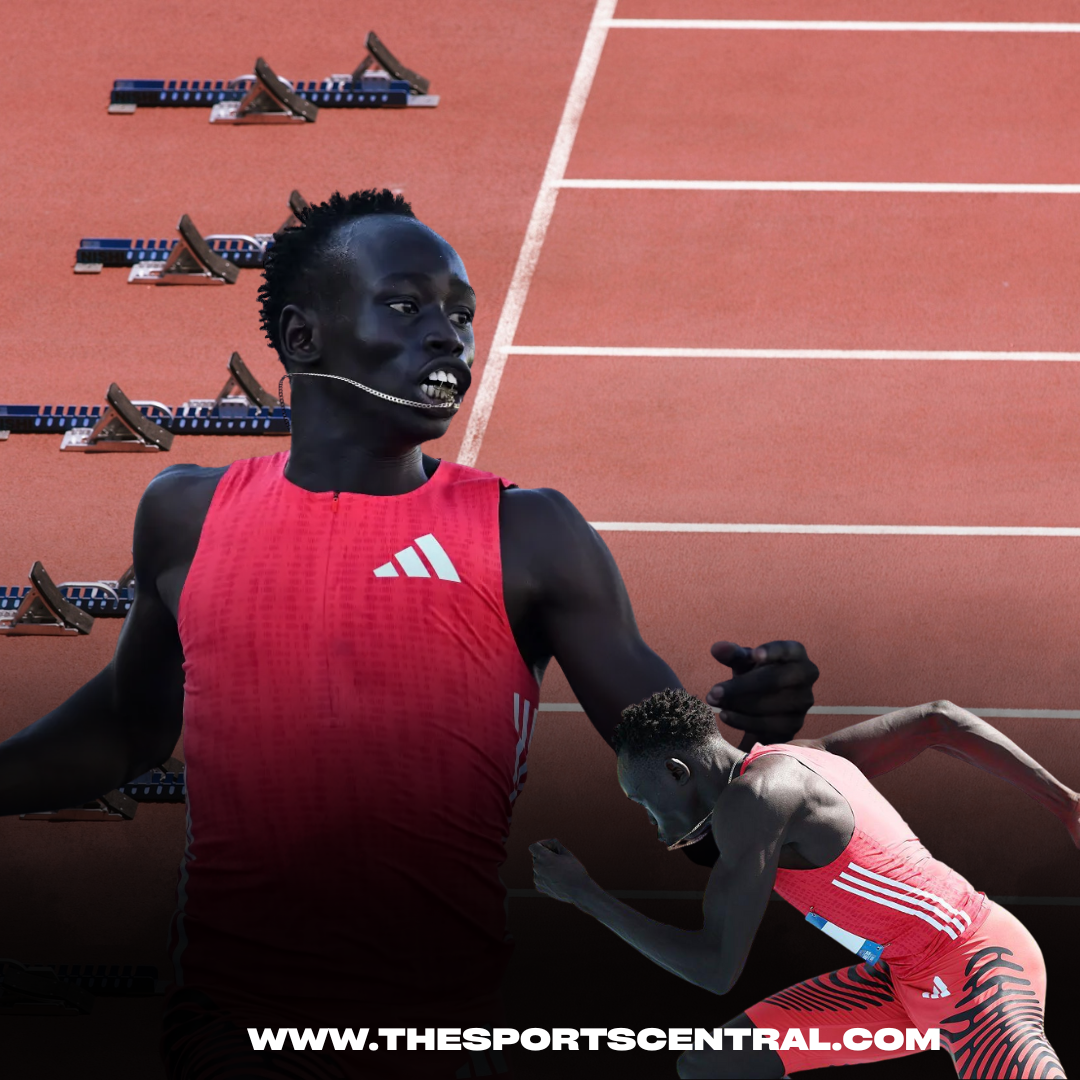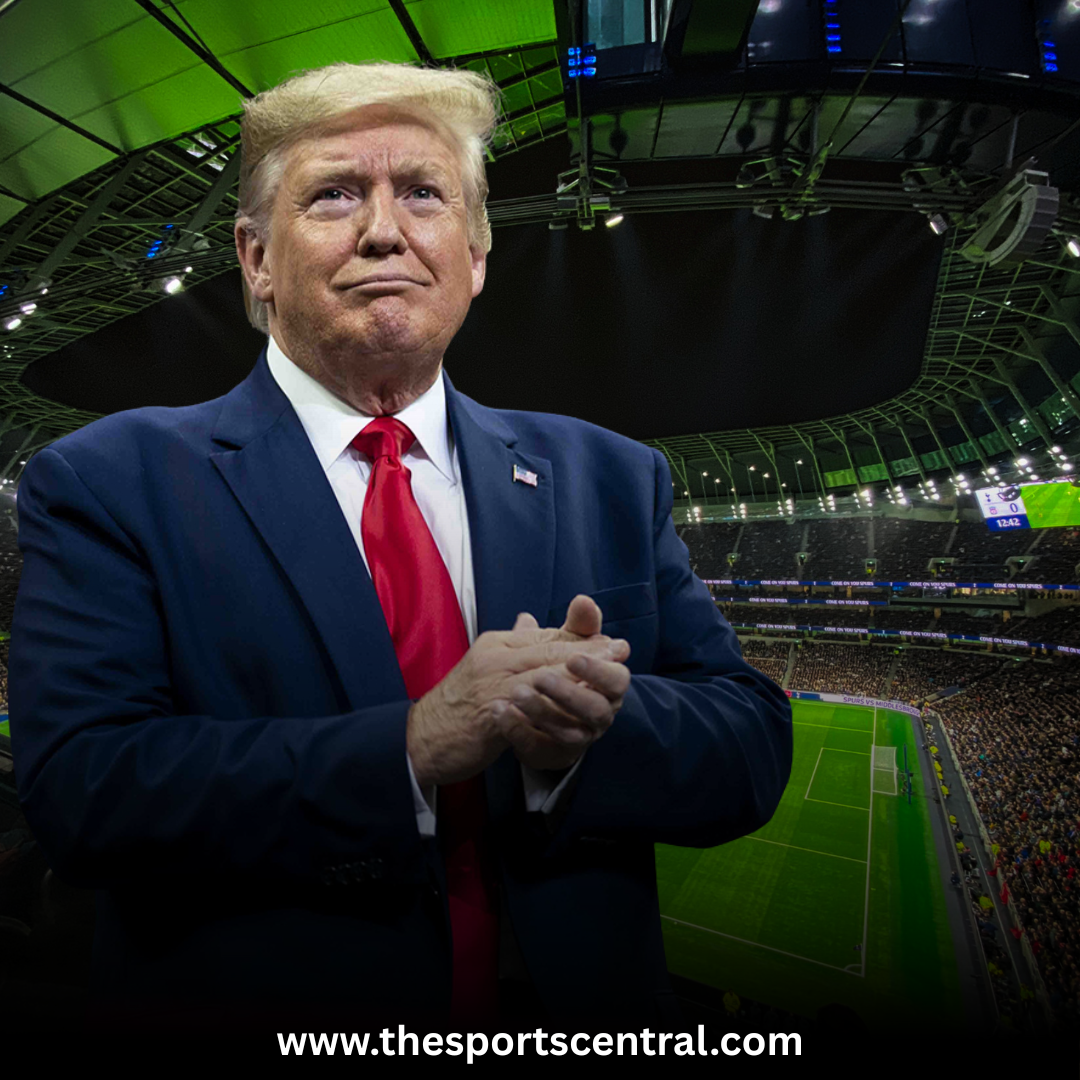In a major development that could reshape the Indian sporting landscape, the Board of Control for Cricket in India (BCCI) has initiated discussions to adopt and financially support the development of two to three Olympic sports. This step aligns with the Sports Ministry’s vision to establish specialised Olympic training centres for each discipline in an effort to bolster India’s performance in global sporting events, particularly the Olympics.
The Sports Ministry aims to revolutionise athlete training by creating dedicated centres across India that will each focus on one Olympic sport. These centres will train between 100 to 200 athletes per sport across different age groups, spanning the current and upcoming Olympic cycles. This structured approach intends to bridge the gap between grassroots development and elite performance by ensuring continuous nurturing of talent.
BCCI’s Strategic Entry into Olympic Sports
The BCCI, India’s richest sporting body, has expressed keen interest in supporting Olympic sports. A senior official from the Sports Ministry confirmed that BCCI is prepared to fully fund two to three Olympic disciplines without any financial assistance from the government. BCCI Vice President Rajeev Shukla has already conveyed the board’s commitment during recent discussions with the ministry.
This decision marks a significant departure from BCCI’s traditional focus solely on cricket. Now, the board appears ready to extend its robust financial and administrative expertise to Olympic sports that share structural or strategic similarities with cricket. Among the candidates for adoption is baseball, which features comparable skillsets and field dynamics. Given BCCI’s cricketing expertise, baseball could benefit immensely from such support in terms of talent identification, infrastructure, coaching, and performance analytics.
Building Olympic Centres with Corporate Participation
The Ministry of Youth Affairs and Sports organised a high-level meeting with 58 major corporate entities to encourage public-private partnerships in the development of Olympic training infrastructure. Representatives from several prominent firms, along with PSUs and the BCCI, attended the meeting and showcased interest in taking ownership of specific sports disciplines.
The ministry plans to partner with corporate stakeholders to finance, operate, and manage these Olympic centres. These centres will not function as multi-sport institutions but rather as focused ecosystems for individual sports. Each centre will cater to all levels of talent—from sub-junior to senior categories—and create a seamless progression pipeline for athletes.
Such a model has already proven successful in isolated cases. Currently, India has 23 National Centres of Excellence under the Sports Authority of India (SAI), but only three are dedicated to a single sport: boxing in Rohtak, swimming in Delhi, and shooting in Delhi. These centres have consistently produced international-level athletes, reinforcing the potential of sport-specific infrastructure.
Historical Support from the BCCI
The BCCI has not remained entirely detached from Olympic sports in the past. In the lead-up to the 2024 Paris Olympics, the board provided ₹8.5 crore to the Indian Olympic Association (IOA) to support the country’s preparation for the quadrennial event. This contribution reflected a growing willingness within the board to play a supportive role beyond cricket.
BCCI’s potential adoption of sports like baseball, hockey, or athletics could bring a transformative impact through its expertise in running structured leagues, its marketing strength, and its ability to attract world-class coaching talent. The federation’s resources and administrative bandwidth could professionalise Olympic training systems that often struggle with underfunding and logistical constraints.
Inclusion of Overseas Indian Talent Under Review
The Sports Ministry is also actively exploring ways to enhance India’s international competitiveness in sports where the country has traditionally underperformed. One of the strategies under consideration is to allow Overseas Citizens of India (OCI) cardholders to represent the nation in international competitions.
Currently, OCI holders can reside and work in India but remain ineligible for national representation in sports. This regulation stems from a 2008 policy introduced by then Sports Minister MS Gill, which restricted international representation to Indian citizens to promote home-grown talent development. However, this stance is now being reconsidered, especially in team sports like football, where India has struggled to make a mark globally.
Several Indian-origin athletes abroad have shown promise in sports like football, hockey, athletics, and gymnastics. The ministry believes that including OCI athletes could elevate the standard of national teams and introduce new competition within the domestic talent pool. Officials within the ministry have acknowledged that such a shift could produce a stronger, more competitive national squad without undermining efforts to nurture domestic athletes.
A new policy could potentially include eligibility clauses such as minimum years of residency, commitment to Indian training structures, or mandatory participation in national championships, ensuring that the integration of OCI athletes complements the development of grassroots talent.
Strategic Long-Term Impact
With BCCI’s involvement, and with corporations and PSUs joining hands with the Sports Ministry, India’s Olympic infrastructure could receive an unprecedented boost. Dedicated training centres for each Olympic sport will provide athletes access to advanced equipment, sports science support, and international coaching standards. These facilities will also help address long-standing challenges such as irregular scouting, fragmented training programs, and inconsistent funding.
Moreover, with BCCI’s experience in grassroots development through programs like the Indian Premier League (IPL) and domestic cricket tournaments, similar league formats or exposure tours could evolve in Olympic sports, offering athletes high-performance competition throughout the year.
The proposal to bring OCI athletes into the system further complements this larger ecosystem strategy. Such reforms aim to build competitive depth across sports and maximize medal potential, particularly in team-based and technical events where India lags behind traditional powerhouses.
Conclusion
India stands at the cusp of a major transformation in its Olympic aspirations. The Sports Ministry’s initiative to build sport-specific Olympic training centres, backed by corporate sponsors and now the BCCI, offers a clear, long-term vision for elite athlete development. The commitment shown by BCCI to fund and nurture non-cricketing disciplines opens new avenues for cross-sport collaboration and capacity building.
Simultaneously, the Ministry’s willingness to reconsider rigid eligibility policies and allow talented Indian-origin athletes to represent the country signifies a pragmatic approach to building competitive national teams. These structural shifts—if executed effectively—can bridge the gap between potential and performance, turning India into a formidable force in the global sporting arena.










